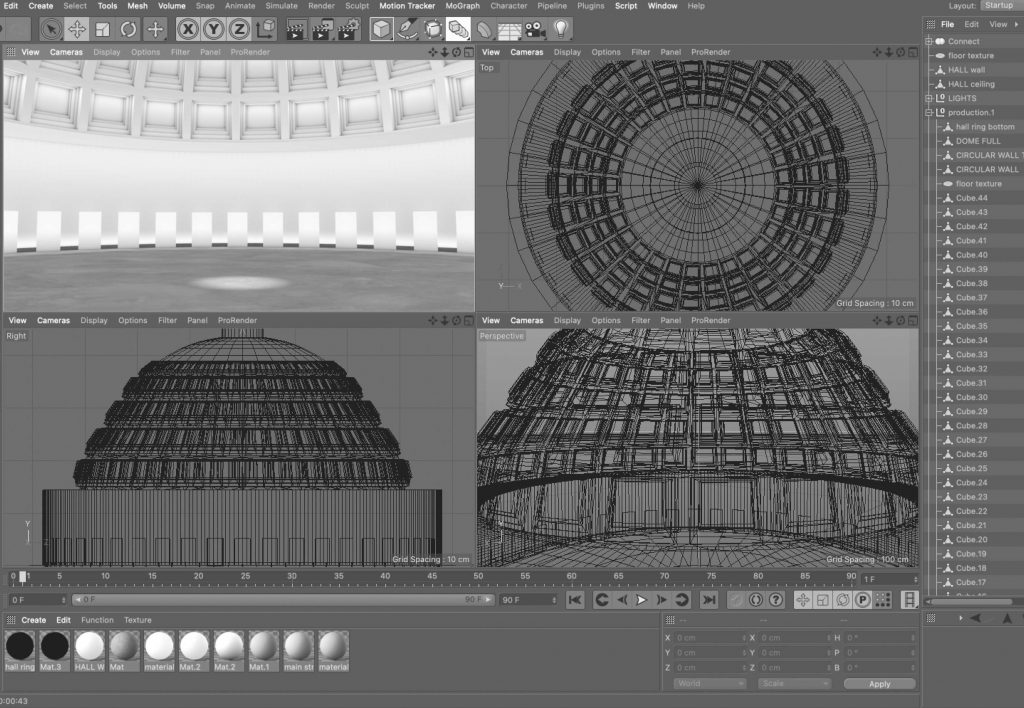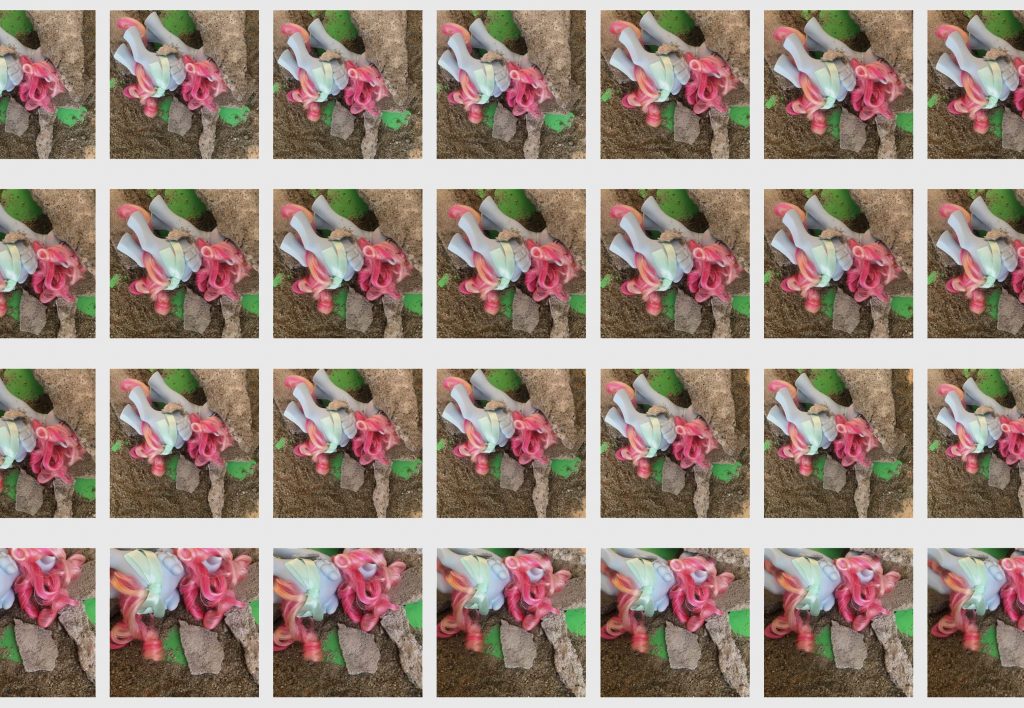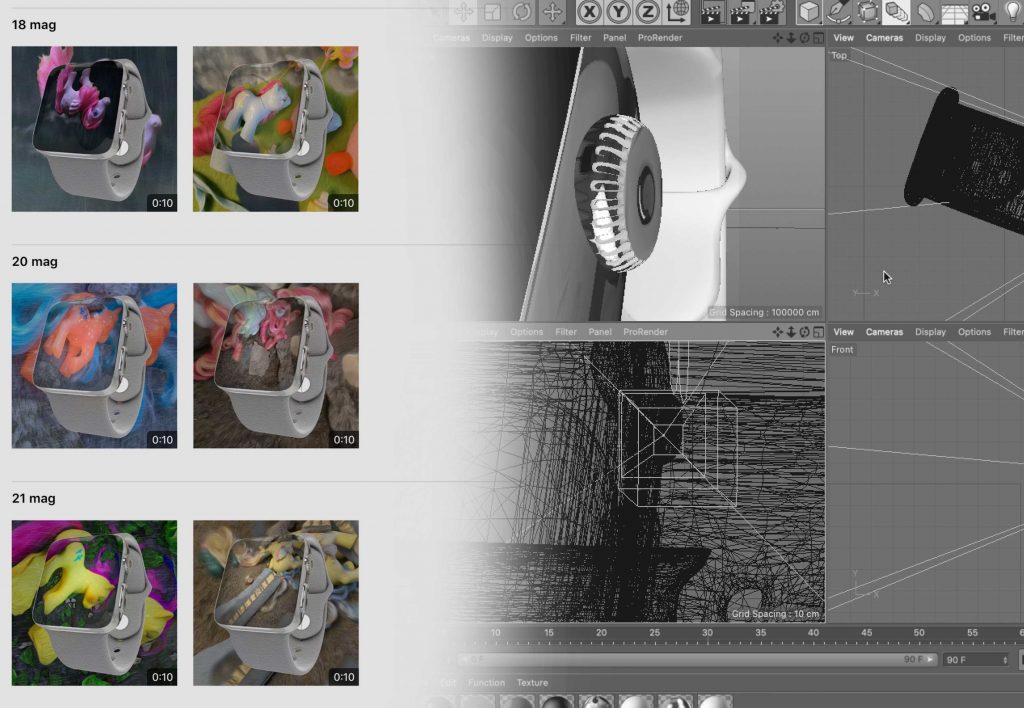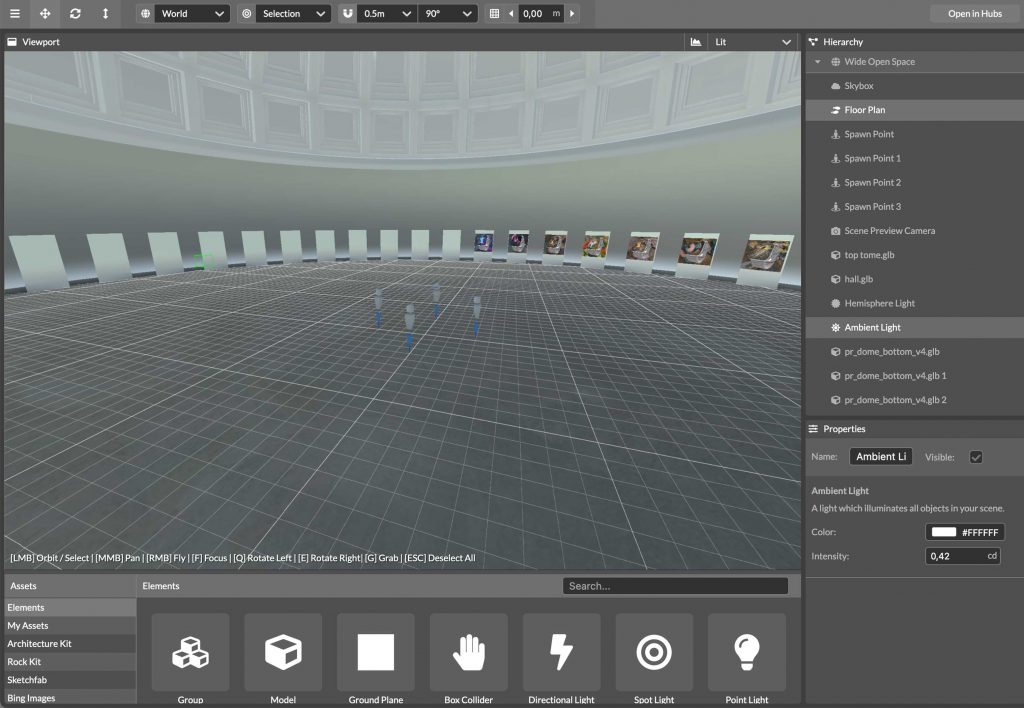Work in progress
ENGLISH I FRANÇAIS
Connecting the dots, remembering we are human even in a virtual dimension.
Immersive virtual and social web experiences are broadly used as a ludic, entertaining, or business experience. Moving into the metaverse we are erasing entirely a deep and vital part of being human, which is the ability to think and reflect deeply on important and moving questions about humanity. Ability fully deployed until this moment of history, largely alive throughout literature, journalism, nineteen-century media.
The metaverse path seems doomed to repeat the early social media error, the illusion of a happy community where erasing deep and uneasy talks we will somehow blend the complexity of our reality into a promised land. The tool will become again a distraction and marketing instrument on the surface, unleashing any kind of uncontrolled low instinct to proliferate in a far unexpected and pervasive way we still haven’t seen yet. Bringing philosophy, literature, and art’s deep talk inside the newborn metaverse is important more than ever. Even if any effort is a small drop in the “metaocean”.
Subject
The subject of “43. 9-36” is an emotional dive into an open question about the loss of humanity narrated through the mediation of simple shapes and digital media. Recognizable forms, toys, are used here as a narrative tool reporting a piece of news that is ordinary in mankind’s history as well as the query of truth that it generates.
The collapse of the Morandi bridge in Genoa, Italy, is just a medium to the question, intended perhaps to remain unanswered. Focus is uniquely on the loss, reiterating how despite the technology, and the full knowledge of the criticality of the structure1 that was the cause of the collapse, moments of human absence were equally generated, absence of a sense of proximity and absence of the vision of the human dignity. Repeated moments where those who had to decide did not choose the common good, did not consider as useful the centrality of man in their economics because “it was part of the work” of that economy to not care for others. A “trivial” suspension of empathy extended over time2 that created the basis of a “vacuum of proximity” as opposed to a “sense of proximity” in which the tragedy took place. “The banality of evil“3 always accompanies mankind, even the ones who delude themselves believing to be above it. It is precisely in that moment, defined by philosophy and journalism as a “lack of action” when such “banality” spills over in all its triviality. Transcending the historical moment and the context, resulting in consequences, across cultures, time, technologies, and space that are always fatal.
Project
43 interactive frames enclosed in a Mozilla hub room. Unpublished.
Works and techniques
Vintage toys and iconographic research of the 80’s decade -cultural and economical period closely entwined with the roots of the events unfolded in Genoa 40 years later- toys selection and restoration. Video and photo shooting on live stage (Genoa, Milan) and onset, set design, video and photo shooting, 3d scan, 3d modeling animating and rendering, final video compositing. 3d virtual exhibition space original design, object imports, experiential sound research and design, UX design. Final deployment: Oculus + Mozilla hub*. *Suggested support for the view: Firefox on desktop. No library 3d presets have been used in the project. Work in progress.
1 La Repubblica (Ita)
2 Il Ponte Spezzato, RSI Swiss TV report (Ita)
3 Eichmann in Jerusalem: A Report on the Banality of Evil, Hannah Arendt

Screenshots, work in progress.



